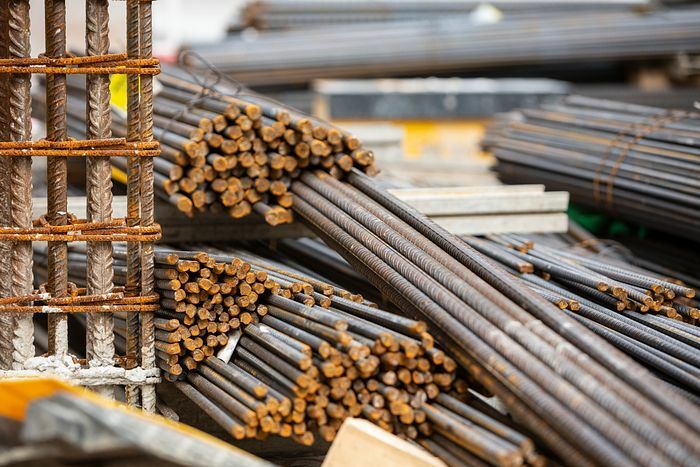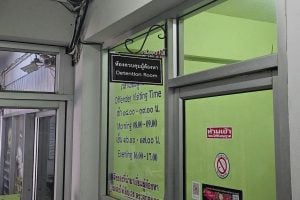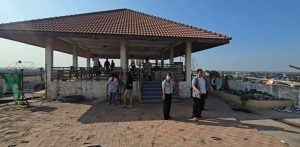Thai construction materials price index hits 112.8 in March

The March 2025 construction materials price index, as reported by Poonpong Naiyanapakorn, Director of the Office of Trade Policy and Strategy under the Ministry of Commerce, rose to 112.8.
This marks a 0.5% increase compared to March 2024, continuing a 10-month growth trend. The increase is attributed to accelerated government budget disbursements in the first quarter, driving demand for construction materials in public infrastructure projects by the government and state enterprises.
Rising transportation costs and raw material prices also contributed to the increase.
In detail, the wood and wood products category saw a 0.9% rise, driven by higher costs of raw materials, operations, and transportation for items like flooring wood, moulding wood, and door and window frames.
Cement prices increased by 1.2%, influenced by significant products such as Portland and mixed cement due to higher raw material costs, particularly gypsum, and increased demand from government construction projects.

Concrete products went up by 0.9%, with notable increases in reinforced concrete piles, prestressed concrete piles, and ready-mixed concrete due to rising costs of essential materials like cement and transportation, affected by higher diesel prices compared to the previous year.
Conversely, iron and steel products decreased by 2.9% due to decreased prices of smooth round steel bars, deformed round steel bars, H-beams, and steel sheet piles, pressured by prolonged real estate crises in China leading to an oversupply of steel.
Tile prices dropped by 1.2% due to a decline in demand for roofing concrete, glazed floor, and PVC floor tiles, correlating with a slowdown in the real estate sector impacted by tighter lending from financial institutions.
Surface finishing materials rose by 1.1% due to increased prices of reflective road paint and strong interior and exterior coatings, driven by higher costs of pigments and glass beads used in reflective road paint, alongside increased demand from government transportation construction projects.
Sanitaryware saw a decrease of 2.3% due to reduced demand for items like flush toilets, mirrors, and stainless steel grab bars as the real estate sector slowed.

Electrical and plumbing equipment prices increased by 2.2%, with spikes in VCT electrical cables and NYY power transmission cables due to higher raw material costs, particularly copper, and growing demand in public infrastructure projects. Other construction materials rose by 6.8%, notably asphalt, due to increased demand in government transport projects compared to the previous year.
Poonpong noted that the construction materials price index continues to expand despite the long Songkran festival holiday. Positive factors include accelerated government budget disbursements, expanding public and state enterprise infrastructure projects, and demand for construction materials for home repairs following earthquake damage, reported KhaoSod.
Commerce Minister Phichai Naripthaphan has ordered strict monitoring to prevent unfair price adjustments by businesses. External factors, such as new trade wars due to US tax policies, could lead to volatility and price increases for commodities like steel, copper, and aluminium, necessitating close monitoring of the situation.
Latest Thailand News
Follow The Thaiger on Google News:


























